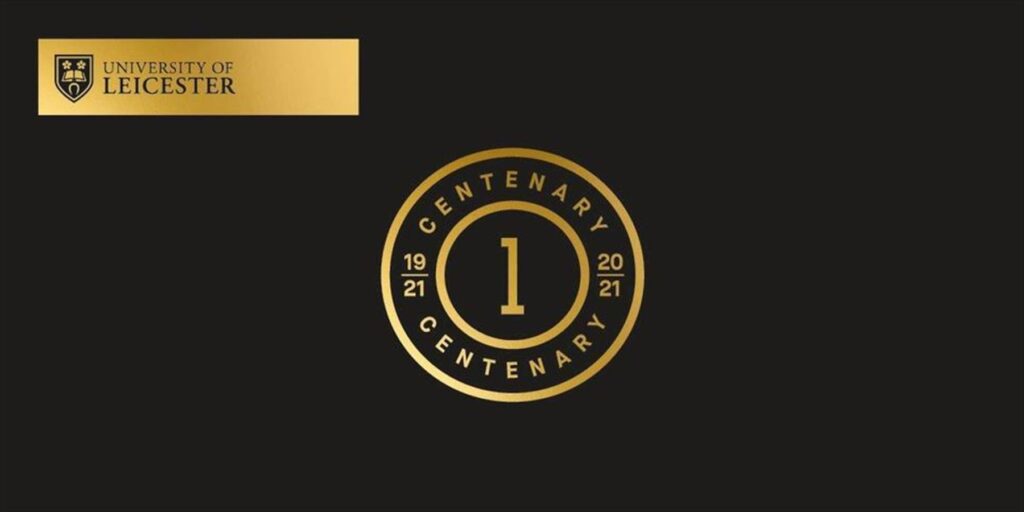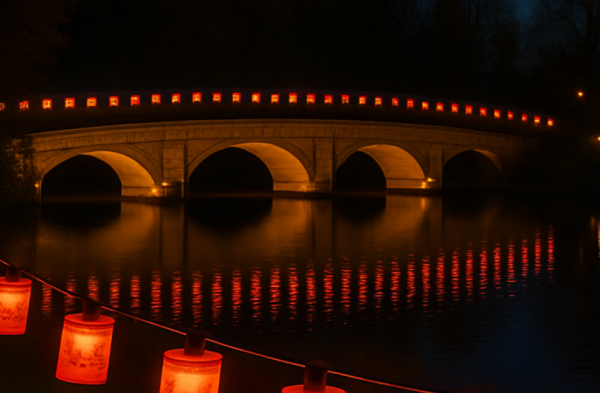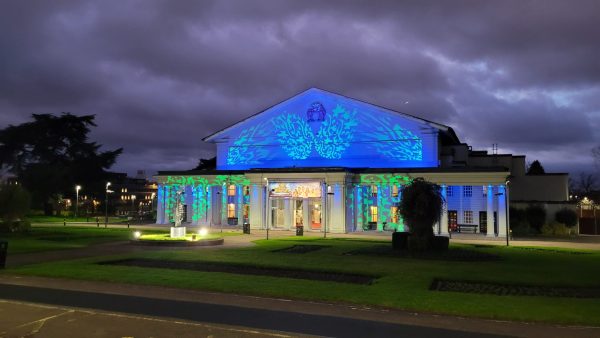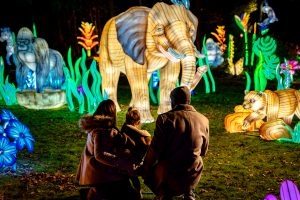100 years of learning excellence

It’s not every day that one of your city’s best-known and most successful institutions turns 100, so it’s a pleasure to be talking about the University of Leicester as it begins to celebrate its centenary.
The first 11 students passed through the doors of Leicester, Leicestershire and Rutland University College in 1921, realising the dreams of local thinkers and businessmen who had long advocated for a University College to be established in Leicester.
The idea was first proposed in the 1880s, but it was only in the aftermath of the Great War that it began to be taken seriously. The day after the war ended in 1918, Dr Astley Clarke, a Lieutenant Colonel in the Royal Army Medical Corps, which was based at the former Leicestershire and Rutland Lunatic Asylum, set up the ‘Leicester University Fund’.
Born and raised in Leicester, Dr Clarke was a Radiologist at the Royal Infirmary and also the President of the Leicester Literary and Philosophical Society, where the idea for a University College for Leicester was first proposed. On the same date he set up the fund, he also wrote to the local paper to build upon the idea that the city of Leicester should have “more than a mere artistic war memorial”.
Alongside other prominent figures in the local area, Clarke advocated for a ‘living memorial’ for the local people who made sacrifices in the First World War, and this is reflected in the University’s motto ‘Ut Vitam Habeant’ – “So that they may have life”.
Less than two years after Astley Clarke’s original donation, the fund stood at more than £100,000, a princely sum for those days. Much of this money was given by grieving parents and widows whose loved ones never returned from the war.
In an act of serendipity, the Lunatic Asylum, which was located right next to Victoria Park, had just been vacated. It was immediately bought by local businessman Thomas Fielding Johnson, who donated it to the local Council as a site for the nascent University College. The building bears his name to this day.
The college began to grow. In 1927 the institution became University College, Leicester and then, 30 years later, was granted a Royal Charter, finally conferring the status of a University with the right to award its own degrees.
As the University College grew, so too did its ambitions in solving the challenges faced by the people of our city, our country and our planet. Today, the work carried out by their 20,000 students and 4,000 staff is still shaping the course of history.
The University has played a part in some of Leicester’s most important stories, from the discovery of DNA fingerprinting, which has become an indispensable part of law enforcement around the world, through to an enviable track record in space research which dates back to 1960. This expertise has led to a Leicester made instrument being in space every year since 1976. It’s also one of the major reasons that Leicester was chosen as the home for the National Space Centre and the brand new Space Park.
Of course, we could not forget the fact that it was thanks to University of Leicester researchers and academics that we uncovered one of the greatest archaeological stories of our time, the finding and identification of the remains of King Richard III. This project brought together experts in archaeology, history, English, genetics and many more to tell the greatest lost and found story ever and launch the University, and the city of Leicester onto the world stage.
All this year, the University will be telling the stories of their founding and highlighting the continued commitment to teaching, research and social improvement has been their touchstone for 100 years and will continue to be for the next 100.







